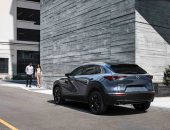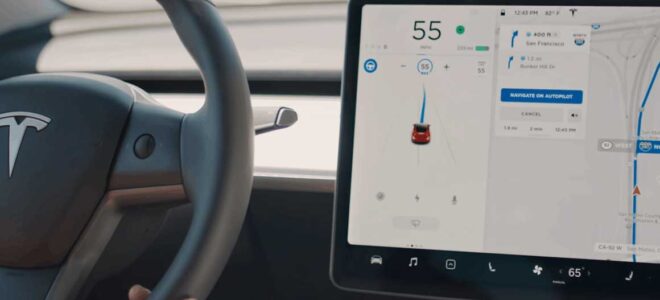
With electric vehicles becoming popular all over the world from the chill of a Toronto winter to the stifling heat of a Scicilian summer, owners are discovering the limitations of battery technology when it comes to extremes of temperature.
Battery capacity is measured in how many kilowatt-hours it can hold, and this is reduced as temperature decreases and increased as temperature increases (up to a point).
Batteries perform their best at around 21 degrees Celsius or around 70 Fahrenheit. At freezing point, battery kilowatt hours are reduced by around 20%, at -20°C or -4°F they are reduced by around 50% and above 30°C performance drops off.
The general operating temperature range of lithium ion batteries is around -20°C to around +60°C.
This is obviously an issue for range. As the EV charging network is sparse in certain areas, a vehicle which would typically have a potential range of 300km from a full charge, and therefore easily travel between large cities, could see a drop in potential to 200km or less in cold weather. If the trip is a holiday-related journey, it’s likely that the vehicle is loaded with luggage and people, which will reduce the range further. So, what can a driver do?
How do you get the maximum range from your EV battery?
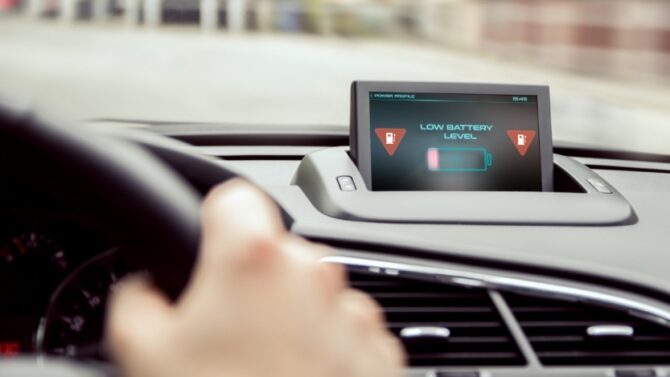
Source: edfenergy.com
If you need to drive your EV in high or low temperatures then it’s even more important that you observe good driving practices. You can learn these by taking an electric vehicle driver training course. Driving an EV is different from driving an ICE (internal combustion engine) vehicle. For example, while an ICE vehicle is at its most efficient at around 70-80km/h, an EV is at its most efficient at around 40km/h. Regenerative braking is not possible in an ICE vehicle, but in an EV you can recapture several percent of the battery through knowing how to brake and coast at the right time.
The main techniques and things to consider are:
- Tyre pressures should be at or slightly above the recommended level
- Acceleration should be gentle
- Coasting and braking should start early
- Tailgating (following a vehicle in front with less than two seconds gap) causes the driver to accelerate and brake a lot more
- Don’t carry unnecessary items
- Travel when the temperature is moderate, if possible
- Reduce speed to improve range
- Drive as smoothly as possible
- Don’t use unnecessary auxiliary equipment such as the air conditioning or heater.
How does high temperature operation affect lithium ion batteries in EVs?
Thermal runaway can happen at high temperatures which is why EV batteries are cooled. Prolonged heat exposure degrades the battery.
Is charging affected at high and low temperatures?
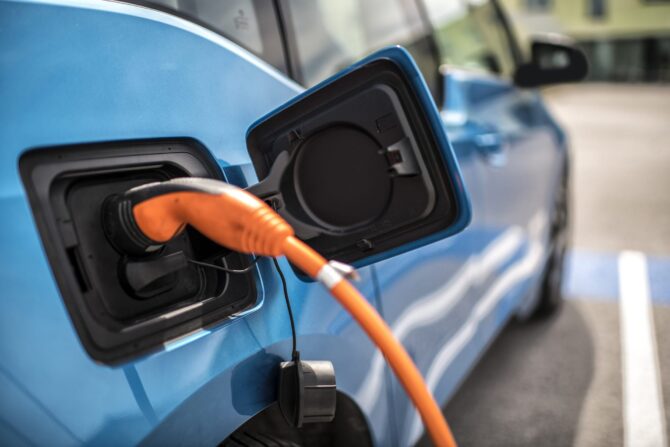
Source: rmi.org
If the ambient temperature is less than 5°C or above 45°C, the ability for the battery to be fast charged is reduced. Charging below 0°C is not much more difficult with lithium ion batteries as plating of metallic lithium can occur on the anode, and this permanently damages the battery. The battery needs to be heated back above freezing because the chemical resistance in the battery increases too much below freezing point.
Does other weather affect EV range?
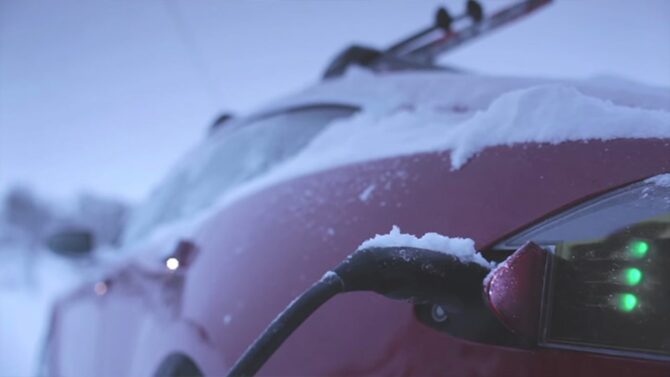
Source: evadept.com
Strong headwinds require more battery power to overcome. There can be some advantage from tailwinds, though.
Rain might require the windscreen wipers and demisters which use more battery power, but traffic does tend to drive more slowly which is better for the battery. However, standing water (puddles) on the road creates more rolling resistance which fights against forward motion.
Drivers should be aware of how temperature affects EV range and performance, but not consider this to be a weakness that only affects EVs (it affect ICE vehicles, too). Understanding the limitations will mean that changes in route planning and driving style can be made to accommodate them.


